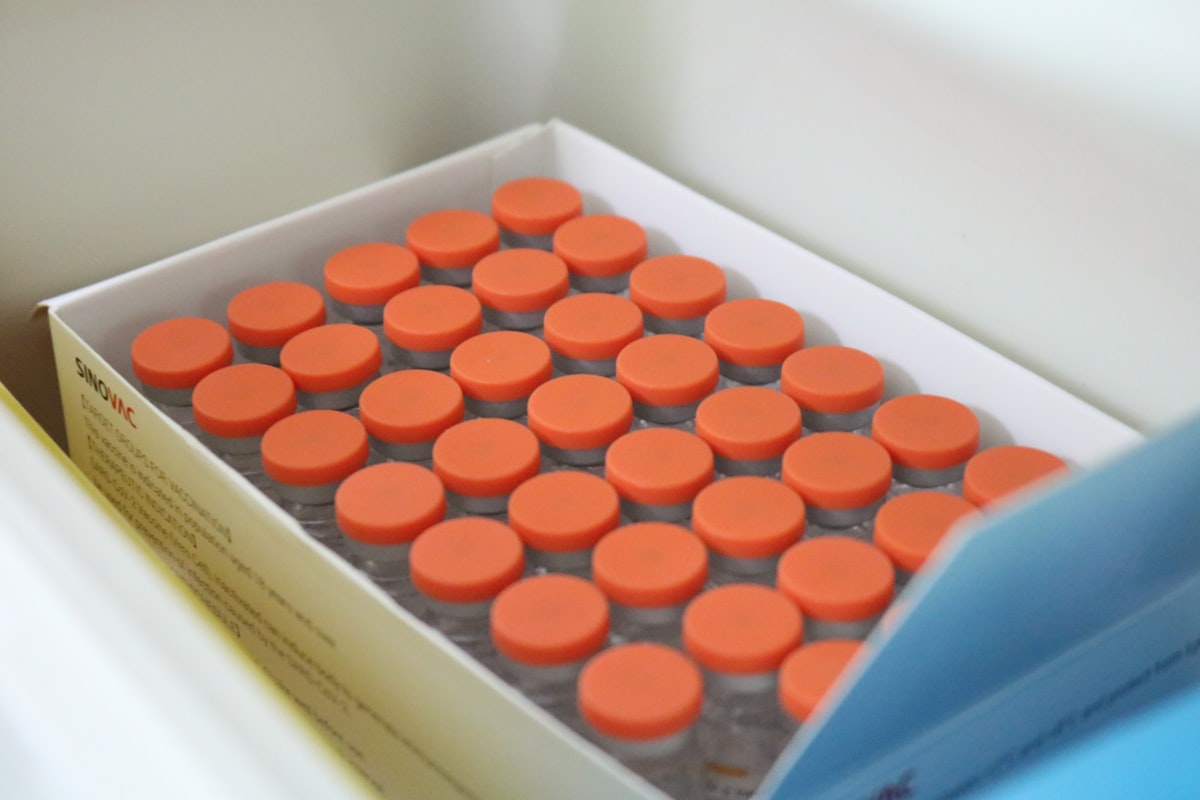How this Mexican scientist eliminated the papillomavirus in 29 women
Dr. Eva Ramón Gallegos experimented and implemented a minimally invasive method called photodynamic therapy. She managed to eradicate the HPV of 29 women.

Suppose that your cervix is an apple and that with a potato peeler you cut part of it. Well, more or less that way the conventional therapies to treat the Human Papilloma Virus (HPV) focused on the cervix that is applied in Mexico work.
Keeping in mind that these therapies lacked technological innovation and that currently 79 million people are infected with some type of this virus worldwide, Dr. Eva Ramón Gallegos, of the National Polytechnic Institute (IPN), experimented and implemented a minimally invasive method, called photodynamic therapy, with which she managed to eradicate the HPV of 29 women from Mexico City.
HPV types 16 and 18 are responsible for 70 percent of all cases of cervical cancer (CoCu); the second cause of female death in Mexico, where one year there are between 4 thousand and 6 thousand cases and a day between 11 and 13 patients die.
Photodynamic therapy, explains the IPN researcher during his conference in Jalisco Talent Land 2019, is a medical technology that uses lasers to activate photosensitive drugs to treat cancer and other diseases through a non-surgical and minimally invasive means, "which are so invadable that it is as if you took the heart of an apple with a sharp device ".
This therapy consists of a drug known as delta-aminolevulinic acid in the cervix, which after four hours becomes Protoporphyrin IX, a fluorescent chemical that attaches to damaged cells. This allows, depending on the color and type of light with which the cells are excited, from making a diagnosis to eliminating with lasers rays the structures impregnated with that substance, which are the damaged cells.
The women in Mexico City who were treated for HPV
The women in Mexico City who were treated had premalignant lesions on the cervix in addition to being infected with HPV. This therapy, Ramón recalls, managed to eliminate the damaged cells and did not affect the healthy structures. As long as they were premalignant lesions since, in the case of higher grade injuries, the elimination was partial.
But managing to cure 29 women was not an easy task; since 2012, Eva started knocking on doors until the IPN opened its doors in 2018 when she managed to eliminate HPV from patients in Mexico City. From a universe of 990 women, 480 were selected with different types of infections in the three entities, but in the capital, only the 29 that were cured remained in treatment.
And the road does not look easy considering the significant cuts announced at the beginning of this six-year term and the lack of experience of many people who now occupy important positions in science and technology.
The current situation implies a great challenge because it is still necessary for the pilot program to pass to the second phase, something essential. After all, "only then a project or innovation is accepted by the medical community". But for that, there are still three or more years left:
"We have been in this for nine years, it has taken us a lot, from getting the resources to getting the results".
What follows is to activate a donation account so that women who want to participate in the project pay a fee, so the sample grows and we can continue doing the research.
The researcher believes that if this medical advance had so much attention and went viral in such a short time it was thanks to female emancipation, to these times when women are more "liberated", "you can say 'I am infected' without feeling pain". So, more and more women are going to look for treatments without feeling embarrassed and that way there will be more opportunities to try this and other innovative methods.




